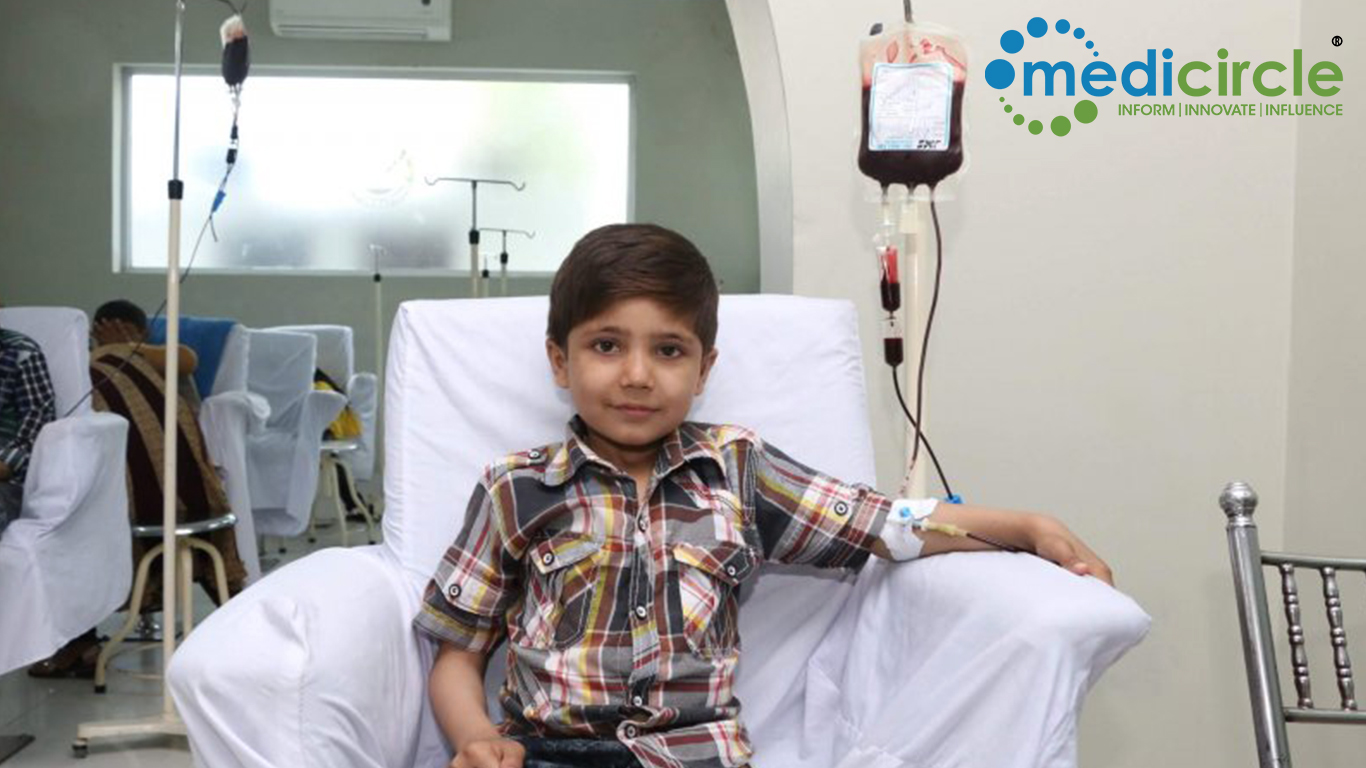Malnutrition basically means a deficiency in nutrient intake and imbalance of nutrients. There are high chances that undernourished girls will more likely give birth to low-weight babies, perpetuating an intergenerational cycle. The growth of a baby is limited by the nutrients and oxygen it receives from the mother. A mother's ability to nourish her baby starts during her own fetal life because of her nutritional experiences in her fetal life and childhood.
The growth of the fetus is influenced by the supply of nutrients. It depends on mother's body composition and size, what she eats during pregnancy, her nutrient store, and transport of nutrients to the placenta and transfer of it. The fetus becomes undernourished when its demand for nutrients exceeds its supply.
The human fetus is able to adapt malnutrition. It responses to under nutrition with metabolic changes, redistribution of blood flow and changes in the fetal and placental hormone, which control growth. Its immediate metabolic response to undernutirition is catabolism. It consumes its own substrates to provide energy. Undernutrition in late gestation may lead to reduced growth of organs, which is developing rapidly at that time.
Facts
As per the recent report of the National Family Health Survey (NFHS) – 4 conducted by the Ministry of Health and Family Welfare in 2015-16, 22.9% of women (15-49 years of age) are underweight (BMI less than 18.5 kg/m2).
The five states with the highest percentage of malnutrition among women are Jharkhand (31.5%), Bihar (30.4%), Dadra and Nagar Haveli (28.7%), Madhya Pradesh (28.4%), Gujarat (27.2%) and Rajasthan (27%).
Low-weight babies & Placenta
The placenta is an organ that develops in the uterus during pregnancy. It is attached to the lining of the uterus and the umbilical cord of the baby. The Placenta provides oxygen and nutrients to a growing baby and also removes the waste from the baby's blood. The environmental exposures faced by mothers affect the size and shape of the placenta. The placenta serves as both a protection and nutritional provider for the developing baby.
A well-balanced diet and stress- free environment play a major role in the development of the placenta. If the mother doesn't get quality food or enough nutrients, the placenta increases in size in order to absorb more nutrients and better protect the fetus.
While large placentas are associated with a greater risk of chronic disease, small placentas, and small or thin infants indicate malnutrition and a lack of oxygen supply during development in the womb.
Maternal-fetal conflict
The relationship between mother and fetus can be viewed as genetic conflict. The effects of natural selection on genes expressed in fetuses may be opposed by the effects of natural selection on genes expressed in mothers. Fetal genes will be selected to increase the transfer of nutrients to the fetus so that it grows larger. Maternal genes will be selected to limit transfer to the fetus to protect the mother and that of her children, born and unborn. What is best for the fetus need not be best for its mother, or so it seems.
Small for Gestational Age
Malnutrition causes babies to be small for their gestational age. Intrauterine growth restriction is the condition that happens when an unborn baby doesn't get the proper nutrients and oxygen. Babies who are smaller in size than usual for the number of weeks of pregnancy are called small for gestational. Normal babies weigh more than 5 pounds and 13 ounces by the 37th week of pregnancy. Some intrauterine growth restrictions or small for gestational age babies may not be malnourished.
Intergenerational constraints
The malnutrition in women when she was a fetus or in childhood is intergenerational means it affects her several generations. Women who were small for gestational age at birth are at twice the risk of having a small for gestational age baby and their babies are more likely to die in the perinatal period.
Women who had low birth weight also tend to have thin babies. These observations have led to the conclusion that mothers constrain fetal growth and that the level of restraint they apply is set when they themselves are in utero.
Increased rate in low-weight babies last year in Tamil Nadu
At least 13 out of every 100 babies born in 2021–22 were under the recommended birth weight of 2.5 kg, a rapid decrease from the city's 8 out of 100 low-weight births in 2017-2018. According to doctors, this is a warning sign of malnutrition, juvenile illnesses, and even mortality.
The slide in normal birth weight in Tamil Nadu started before the pandemic and continued to worsen since then. "Several factors contribute to an increase in low birth weight. One of the biggest causes is the increase in pre-term labour." said Dr. M.S. Hemalatha, city medical officer at Greater Chennai Corporation.
Government Schemes
The Government has given high priority to the issue of malnutrition and is making serious efforts to address this issue. Several schemes with direct as well as indirect interventions are being implemented across the country. Schemes like Anganwadi Services, Scheme for Adolescent Girls and Pradhan Mantri Matru Vandana Yojna (PMMVY) under the Umbrella Integrated Child Development Services (ICDS) Scheme are direct targeted interventions being implemented to address the problem of malnutrition among women and children in the country.
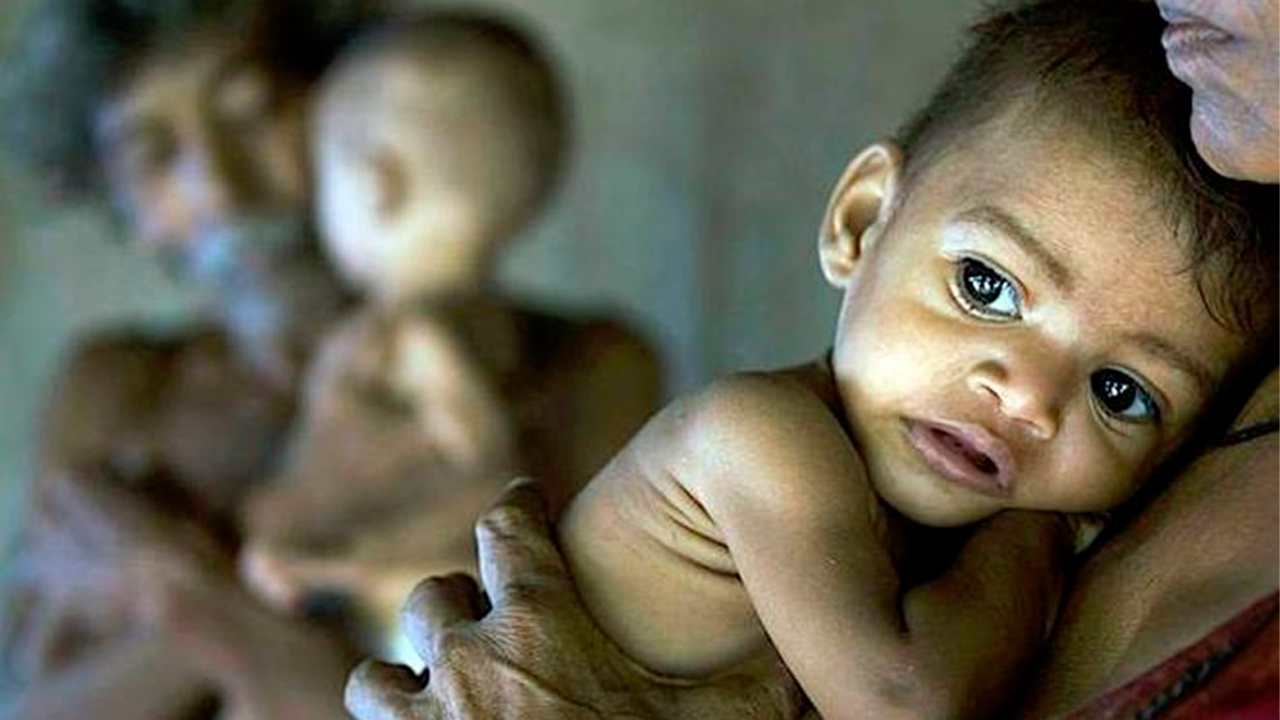
 Undernourished girls have a greater likelihood of becoming undernourished mothers, who in turn have a greater chance of giving birth to low-weight babies.
Undernourished girls have a greater likelihood of becoming undernourished mothers, who in turn have a greater chance of giving birth to low-weight babies. 















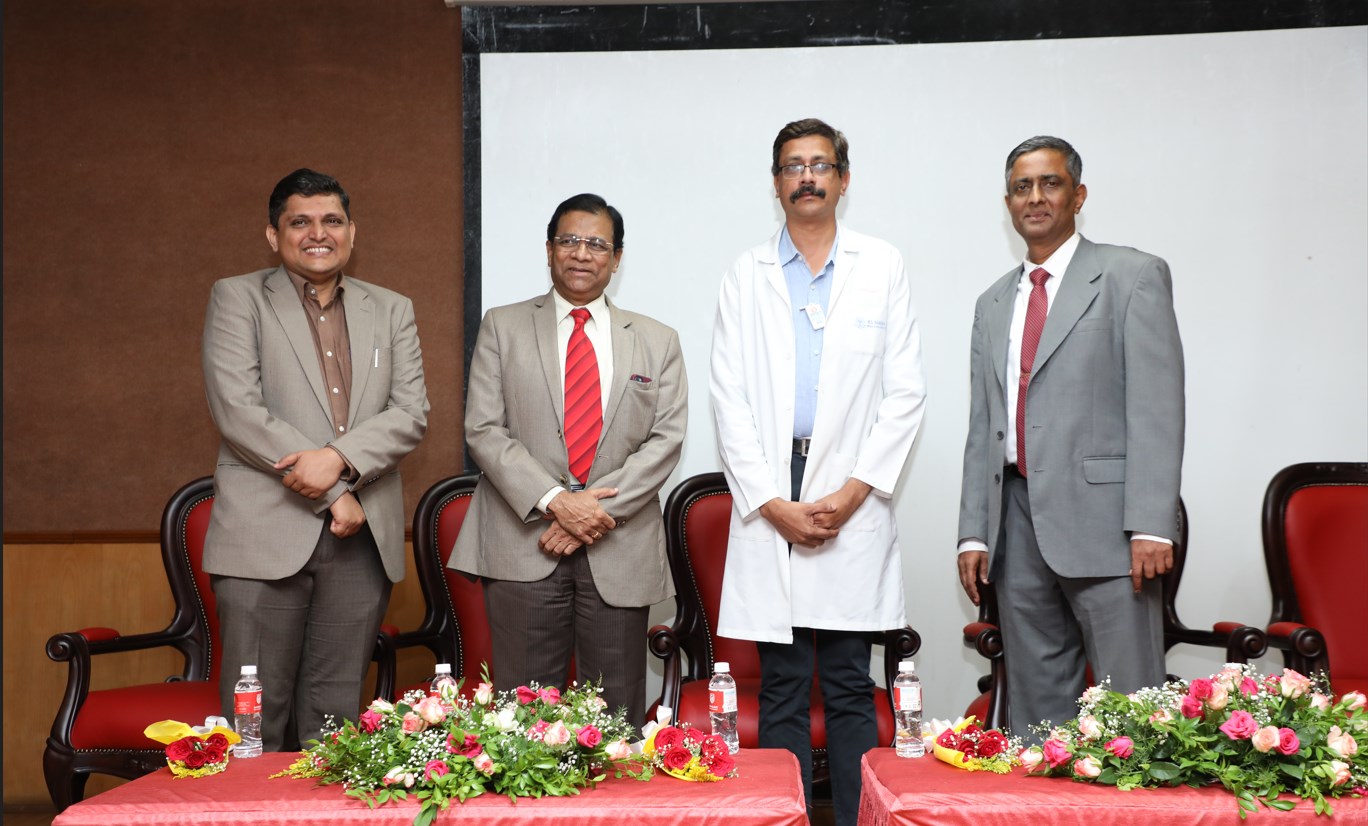
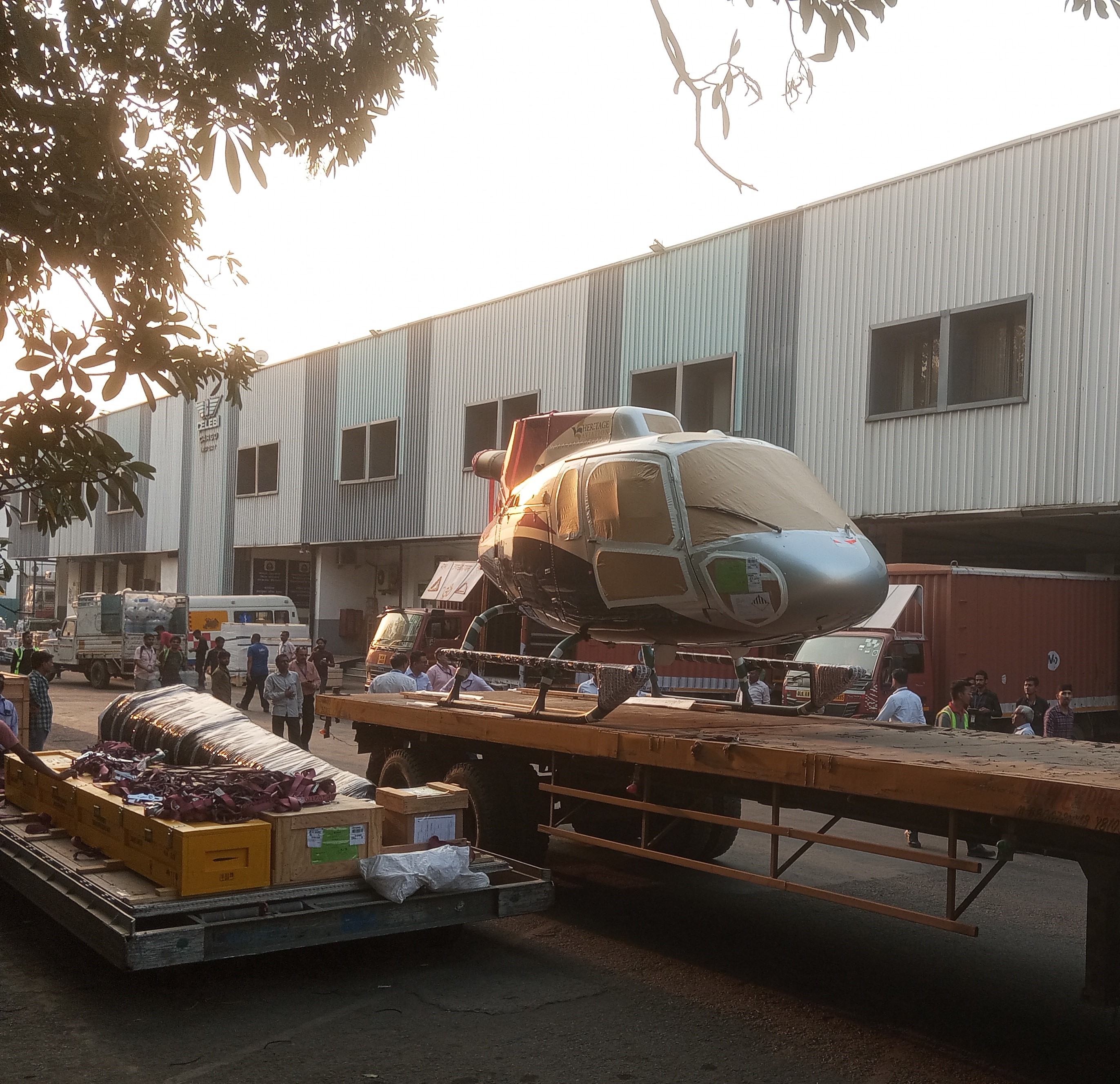

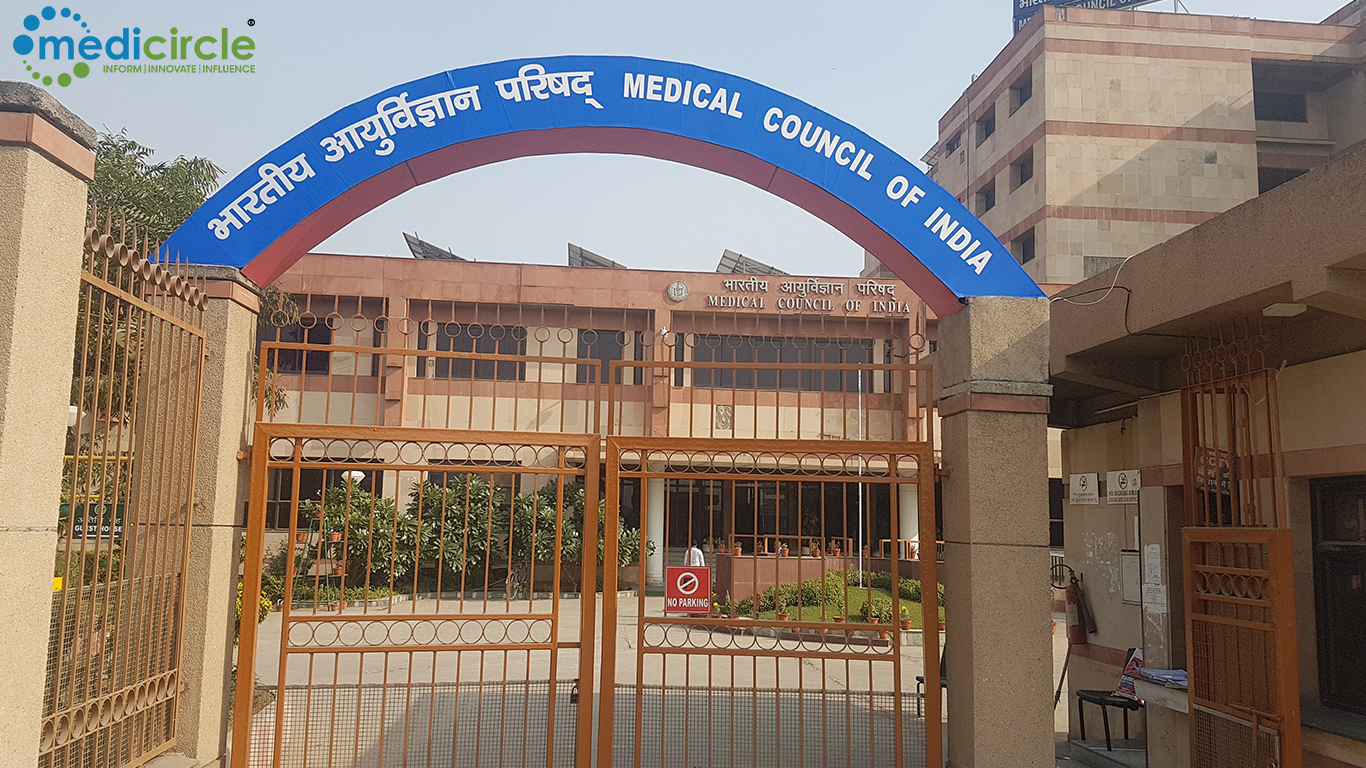

.jpg)




